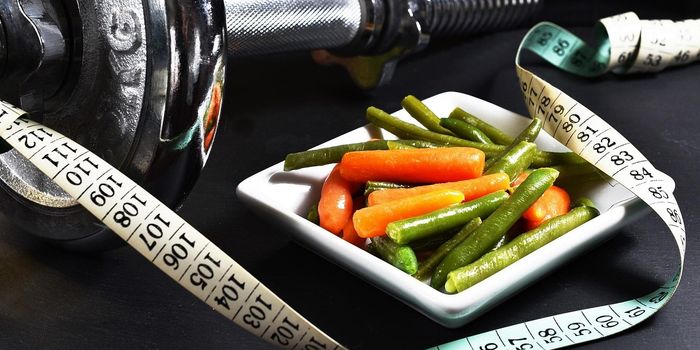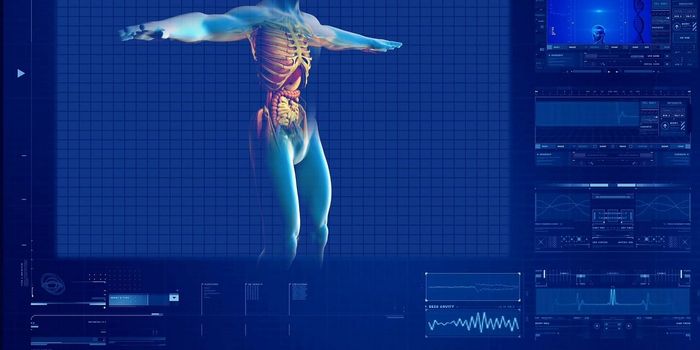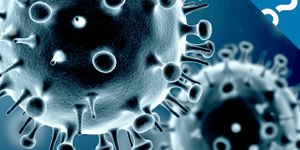Cancer cells are exquisitely cunning – they mutate and adapt to escape the body’s own defense mechanisms, and some can even shun sophisticated drugs targeted directly at them. But if cancer is smart, then scientists are smarter. To kill drug-resistant leukemia cells, scientists have devised a “DNA origami” – the equivalent of a molecular Trojan horse – to smuggle anti-cancer drugs into the rogue cancer cells.
“DNA origami” is the molecular folding of DNA structures into specific shapes at the nanoscale level. The technique has been applied to many areas of research, including targeted drug delivery, where drugs can be hidden inside the folded DNA package. Concealing the drug in this way tricks some cancer cells into taking in a drug that they would otherwise expel. This packaging technique has been used to treat drug resistance in solid tumors, but could it work in leukemia cells too?
In a model of acute myeloid leukemia (AML) with resistance against the drug daunorubicin, researchers at the Ohio State University (OSU) found that DNA origamis tricked the cancer cells to death, literally.
Drug-resistant AML cells have a security system – over time they’ve learned to recognize daunorubicin and pump this drug out of their cells. But by cloaking daunorubicin inside the DNA nanostructure, the AML cells don’t recognize the drug and don’t eject these molecules out of the cells. As the drug accumulates inside the AML cells, they are doomed to die, as the researchers had hoped.
"DNA origami nanostructures have a lot of potential for drug delivery, not just for making effective drug delivery vehicles, but enabling new ways to study drug delivery. For instance, we can vary the shape or mechanical stiffness of a structure very precisely and see how that affects entry into cells," said Carlos Castro, senior study author and director of the Laboratory for Nanoengineering and Biodesign.
At 15 nanometers wide and 100 nanometers long, the DNA capsule is about 100 times smaller than the cancer cells. Once inside the cell, the team ensured maximal action for the anti-cancer drug. "The way daunorubicin works is it tucks into the cancer cell's DNA and prevents it from replicating. So we designed a capsule structure that would have lots of accessible DNA base-pairs for it to tuck into. When the capsule breaks down, the drug molecules are freed to flood the cell,” explained Christopher Luca, co-study author.
And to ensure that the DNA package has a singular function of drug delivery and cannot interfere with any other cellular processes, the team used bacteriophage DNA combined with synthetic strands that gives shape and structure to this DNA Trojan horse. “The DNA capsule doesn't do anything except hold a shape. It's just a static, rigid structure that carries things. It doesn't encode any proteins or do anything else that we normally think of DNA as doing," said Patrick Halley, first study author.
The Trojan horse worked for the Greeks, and it works against cancer, at least in this cellular system. The next steps will be to test if this molecular trick holds in animal models with a more complex network of cells.
Additional source:
Ohio State University,
Small Journal









